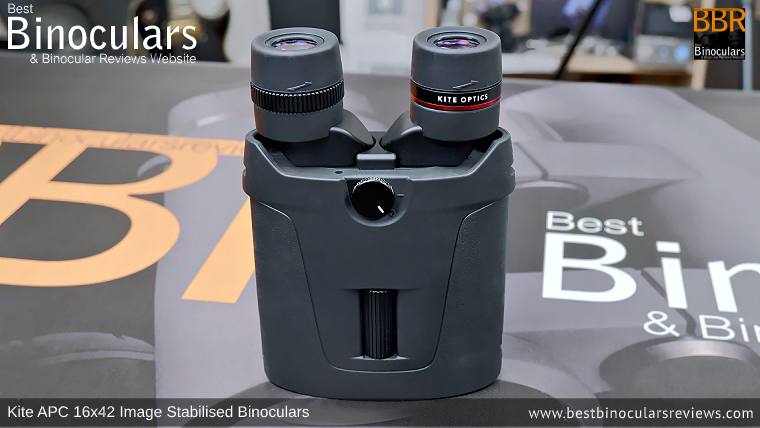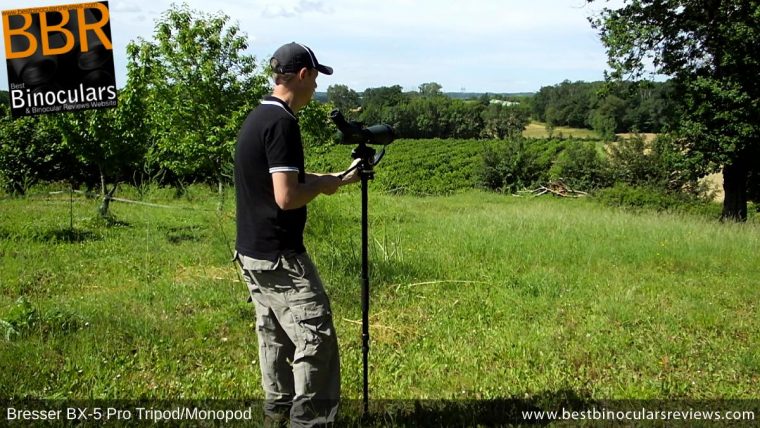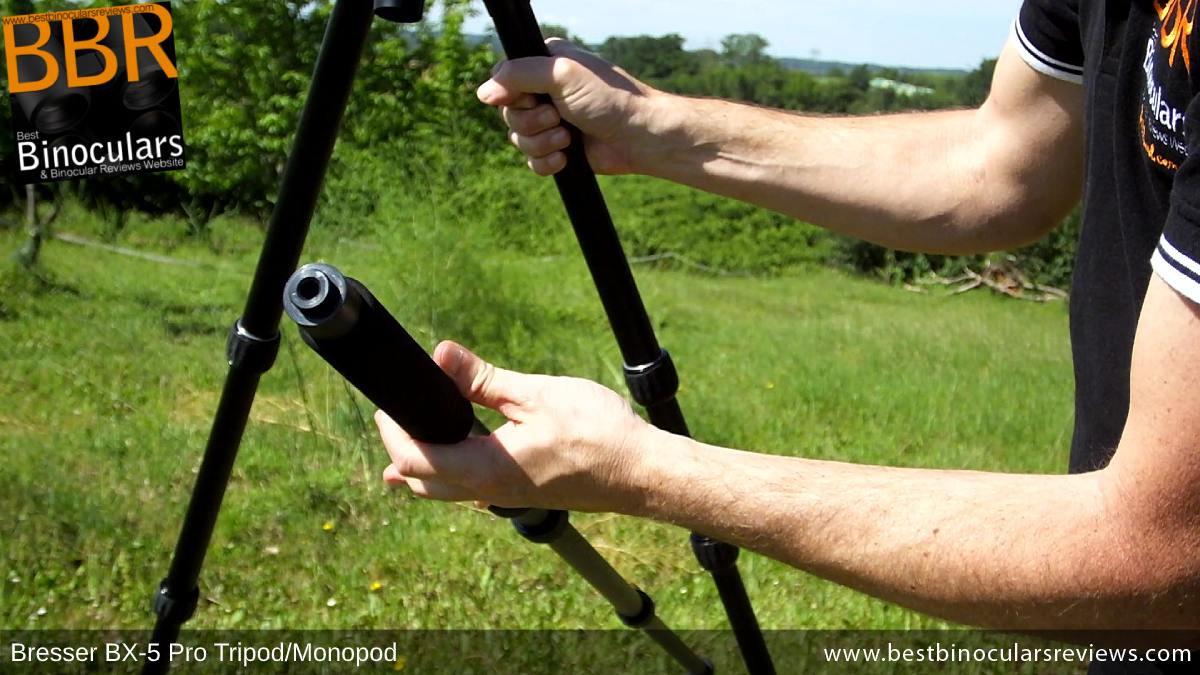Upgrading from Image Stabilization Binoculars for Birding to improve the view
This question was sent to me by Norman who is looking to upgrade his Canon IS binoculars because he is unhappy with the amount of color fringing he sees when looking through them:

Question
2 years ago I bought a Canon 12x36 IS III. I was happy with the image stabilization and brightness. I was disappointed, however with the sharpness of the image. I carefully adjusted the right eyepiece so that both left and right images were as clear as they can be. After a week I decided I must have a defective model, and I asked Amazon for a replacement. They sent it before requiring receipt of my original pair, so I was able to compare them side by side. I could see no difference. I finally returned the second pair and kept the original one.
My dissatisfaction with the sharpness boils down to a hint of color fringing. I believe that’s called chromatic aberration. It’s supposed to parent with an image that has high contrast between the object of interest and the background. The left side of the image often has a very faint fringe of red and the right side blue. My understanding of how this works is that I now have multiple images of different wavelengths of light which are almost superimposed but not quite. This blurs the image.
I noticed that you rate Canon IS binoculars highly, and the reviews on Amazon almost never mention sharpness. I find, however, that my Nikon Travelite 7x20 and my Nikon Naturalist II 7x35 both give the impression of a sharper image.
Is this The best that there is in higher power image-stabilized binoculars?
I primarily use them for daytime bird watching in open areas where the birds are 300 to 2,000 ft away.
I am thinking of upgrading if such a thing exists. I wouldn’t want anything bulkier or heavier than the cannons.
I’m not going to use a tripod. I used to have a Celestron C90 90mm reflecting scope and a tripod all of which I carried in a backpack. That is a little too cumbersome for my current use.
As I mentioned in my second message, I am 80 years old, so pupil size is probably reduced, hence 5 mm exit pupils are probably not going to help me. are probably not going to help me. I find I can use a 12x magnification, but image stabilization is a must.
Are the Canons pretty much the best I can do? Is there something even in the $1,500 price range that would yield really crisp images with image stabilization?
Answer
Hi Norman,
I can see that you have obviously done your homework, especially in regard to the issue you have with the color fringing, which as you rightly state is the result of chromatic aberrations.
Optics used in IS Binoculars
In my experience, a problem with IS binoculars, in general, is that the stabilization aspect takes up quite a lot of the allocated “budget” when making the binoculars, and thus in order to keep the price competitive against non-IS instruments, something has to give and so as I find that the optics on them are often found a little wanting when compared to a non-stabilized binocular in the same price range.
Their unique selling point is the Image stabilization and that is what the manufacturers focus on. Whereas the main selling point of any normal (optical only) high-end binocular is the quality of the view and thus this is where the manufacturer focuses all their energy on.
Special optical coatings and lenses made from Extra-Low Dispersion Glass (ED Glass) do help deliver a better quality view.
Added Complications with IS

Also remember that how the light passes through the entire optical pathway makes a big difference to image quality, sharpness, and the level of color fringing. This by adding the IS mechanism to the device (usually around the prisms) does vastly complicate things and I imagine that there are some compromises that need to be made in terms of what would be best for the optical pathway versus the dampening effect of the IS.

I recently tested the Kite APC 16x42 Image Stabilised Binoculars, which did impress me, especially considering their high 16x magnification, but in the review, you will note that I mention that whilst I thought it was not excessive, the color fringing to me was more obvious than what I see through your average, but good quality, lower-powered non-is binocular.
Having said this, I do not feel there will be much difference between these and the Canons in this regard. So in your case, I don’t think these will be the solution you are looking for.
High Power & Color Fringing
Also, remember that color fringing becomes more obvious the higher you magnify the image as any slight deviation gets magnified in the view, so choosing a lower power binocular would help. Indeed, I am sure this is at least part of the reason why you see less color fringing in your 7x Nikon binoculars that you mention.
Fuji also make IS binoculars that are very highly regarded and also very expensive, but I have not been able to test any as of yet, so can’t comment on them too much in this regard.
I also feel combining high power with small lenses is always not the ideal combination and thus I am pretty sure the larger 42mm and 50mm Canon IS binoculars will perform better than the 36mm ones you have. But again I have not compared them side-by-side, so I can’t say for certain.
The Solution?
So where does this leave us?
I am not sure if there is a smoking gun solution that I can think of but perhaps there is something you can do:
If you want the best possible view, I would opt for a high-end standard pair of binoculars that uses very high-quality lenses and coatings.
For me, it would be hard to argue against a good quality 8x42, 10x42, or perhaps an 8x50 or 10x50, but the 50mm models may become too heavy/bulky for your requirements.
However, if you want a higher power like 12x or 15x (or even with a 10x power), to get the best possible, shake-free view, you will most certainly need to use them with something to keep the image stable.

Monopod!
You mentioned that a tripod is out of the question, but have you thought of a monopod? This makes the whole setup far, far less bulky and I have found that you can even use the monopod as a walking stick – I do believe there are ones that are designed as such.
I have a Bresser BX-5 Pro Tripod that you can remove a leg and convert it into a monopod which I really like and highly recommend.

That would be my solution as I do honestly feel that the image quality you get from a good high-end optical-only binocular beats any IS binocular where much of the budget is spent on the electronics.
Anyway, I would love to get your thoughts and if you wish, I can certainly take a look at some binoculars that I would recommend for you.

 Article | Posted by Best Binocular Reviews
Article | Posted by Best Binocular Reviews 
 Categories:
Categories:  Tags:
Tags: 
